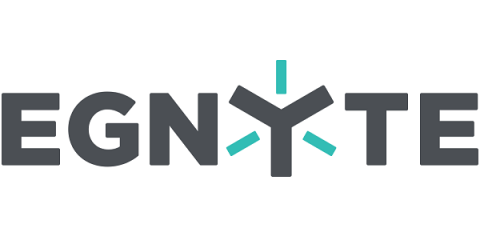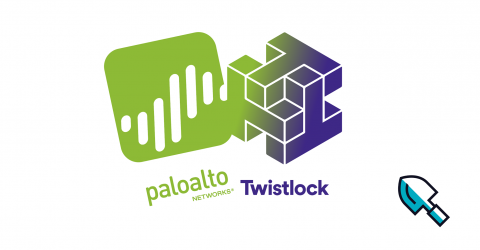Cyber Security Trends in the Financial Sector
Financial gain is one of the most common motivations behind cyber-attacks, making the financial sector an attractive target for cyber criminals. Recently, it was reported that companies in finance lost nearly $20 billion due to cyber-attacks and breaches. Furthermore, it was reported that financial companies get attacked 2500x more than a typical business for a total of over one billion attack attempts in a single year. These attacks don’t just target financial institutions.











